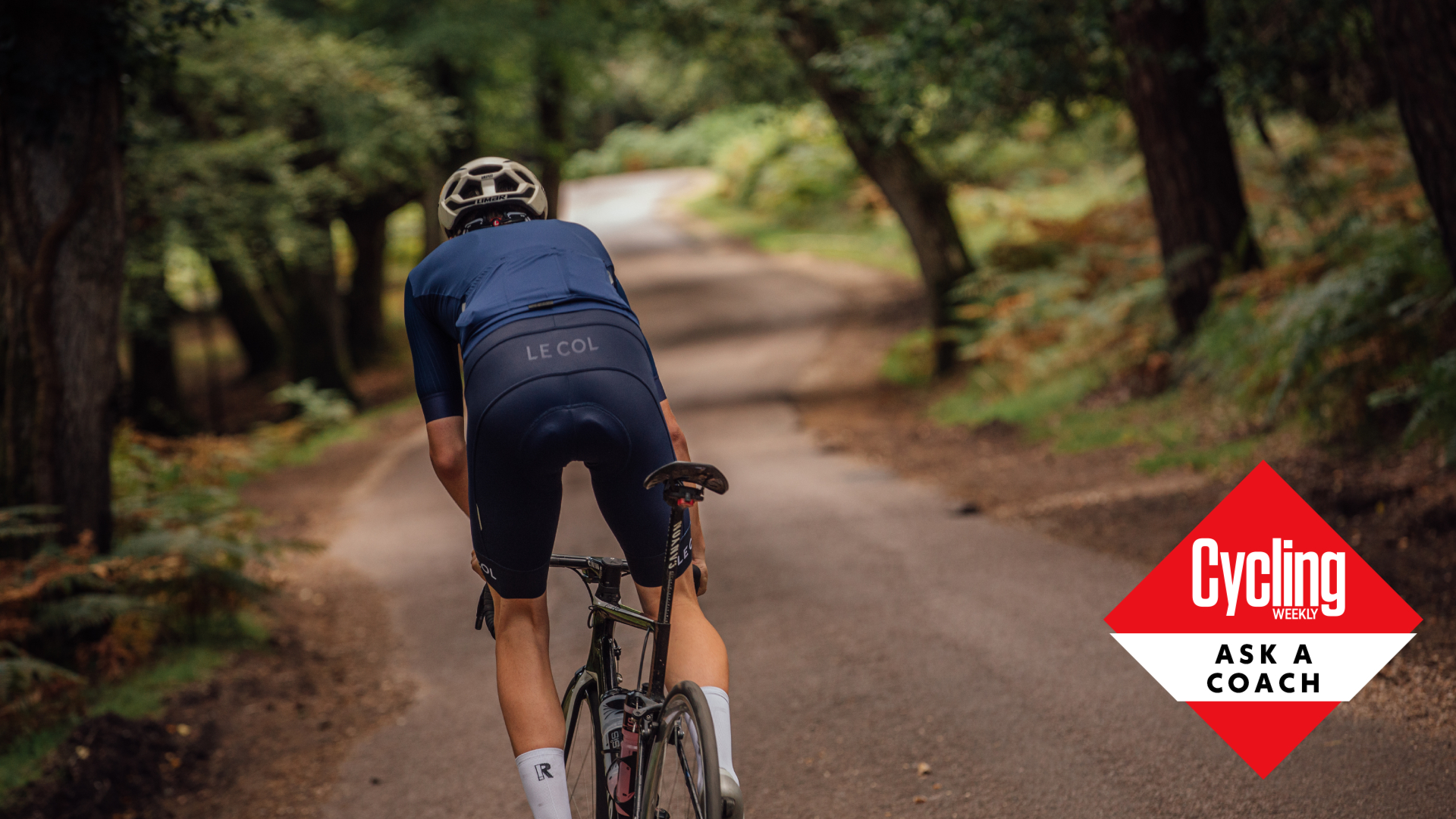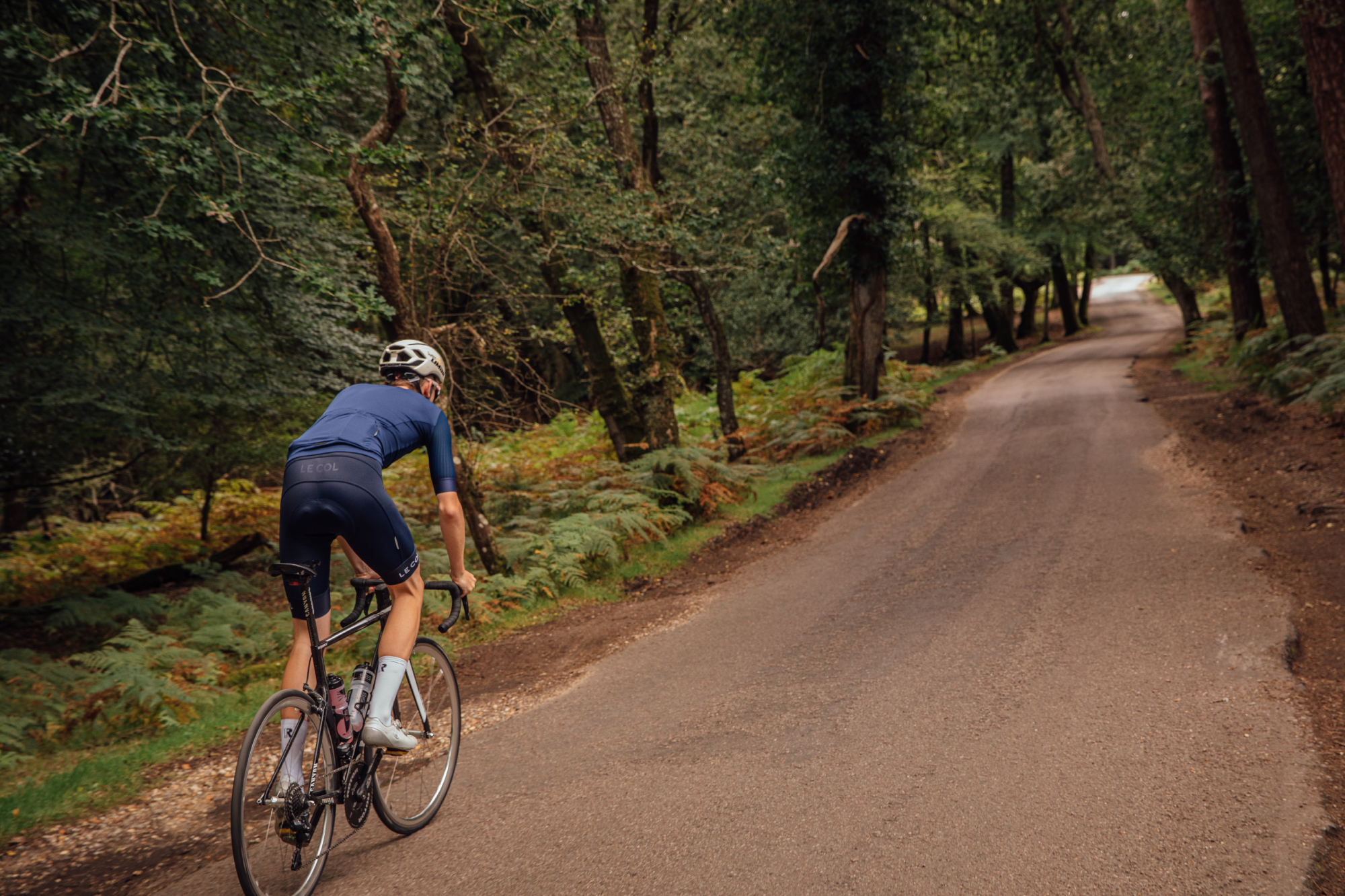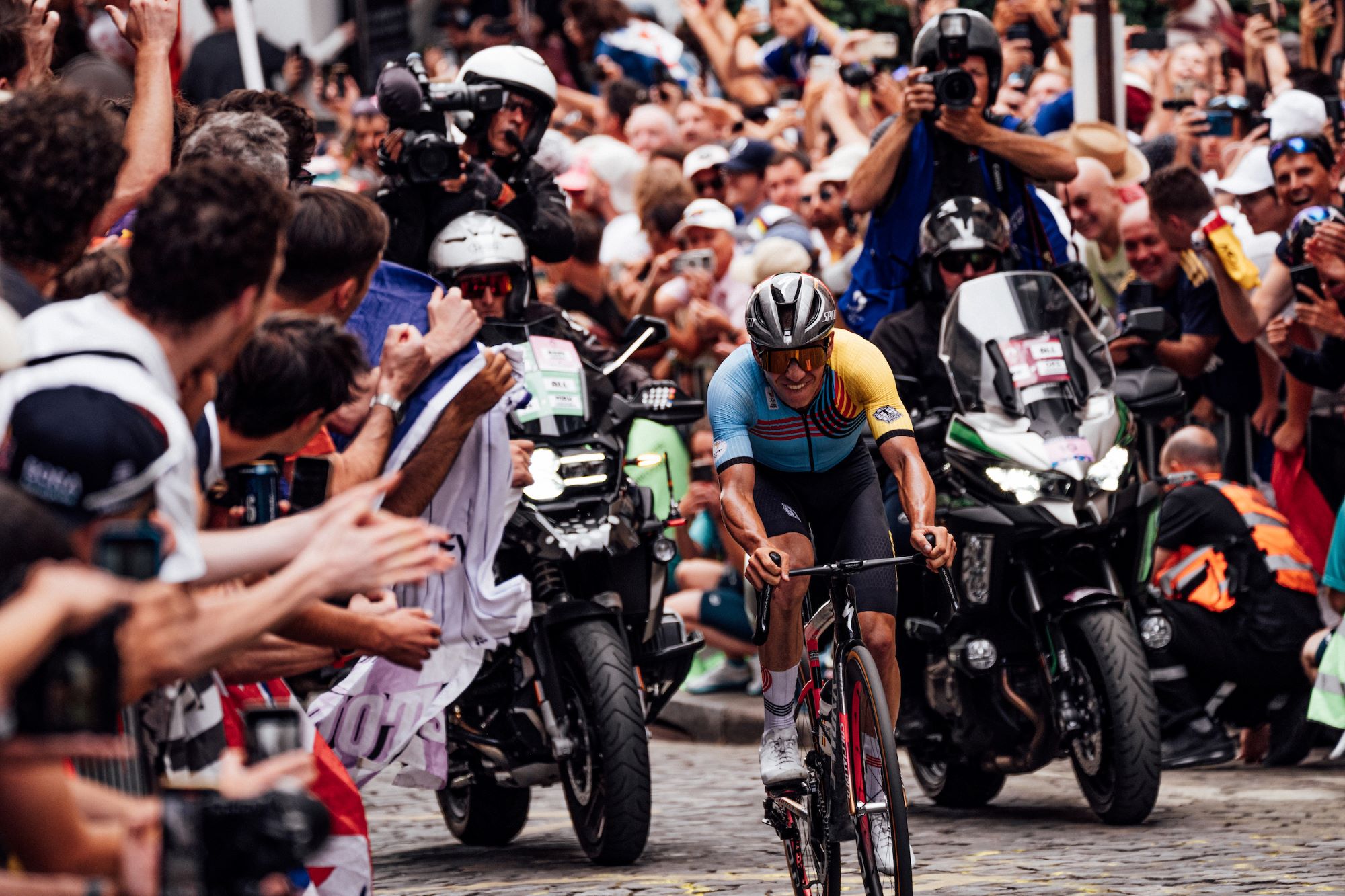Ask a coach: 'Why am I not seeing gains in my glutes?’
Your glutes are one of the key power-drivers of your pedal stroke - yet it seems some people are not getting the 'gains' they expected. We unpack what's going wrong and how to put it right


Laugh if you like, but Google reveals that there's a sizable number of people interested in the 'gains' they can expect for their glutes as a result of cycling.
To be sure, there is plenty of potential: the gluteus maximus is the largest muscle in your body, and it plays a vital role in your ability to produce power throughout the pedal stroke.
Still, despite the glutes being such a critical part of cycling's biomechanicals, Google also reveals that there are many people who are not seeing the changes they expected. People who are demanding to know why they are not 'seeing gains in their glutes'.
Well, today your calls are being answered. Cycling coach Alex Welburn is here to unpack exactly what is meant by 'gains', why your glutes might not be performing optimally, and what you can do to fix that. Hopefully, by the end of this article, you'll know just what to do to get your 'glute gainz' back on track. You're welcome.

Performance cycling coach Alex Welburn is one of the experts who will be answering your questions in Cycling Weekly's Ask a Cycling Coach series, online every Wednesday. He's currently completing a PhD on Critical power and W' at Loughborough University whilst also managing the Performance Project, in which he coaches athletes and provides consultation.
Strength is a key component in many sports, but what exactly do we mean by ‘strength’? Let’s start with our absolute strength, where movement is often slow, and force is at its greatest. In the context of cycling, think of a rider doing an individual pursuit just starting out of the gate and having to get on top of that gear.
The first few pedal strokes are very slow, and the power is very high. Then on the other side of things, looking at the speed element of strength, this is where our muscles contract at their highest velocity. Imagine a maximal effort in a big gear on the rollers: here the force is lower, but the movement is fast.
What do we mean by gains?
Let’s first consider what we mean by ‘gains’, as I’m sure you may interpret it differently compared to your coach or your friend. Do we mean an increase in muscle size? An increase in muscle definition? Or do we mean an increase in the power we can produce on the bike? With that in mind, let’s dial into this a little bit.
Get The Leadout Newsletter
The latest race content, interviews, features, reviews and expert buying guides, direct to your inbox!
In cycling we are often looking for gains in our power output, I mean who isn’t? But let’s look at some other sports first. Size increase, aka ‘hypertrophy’, doesn’t always reflect strength: powerlifters can lift a large amount of weight in comparison to a bulky bodybuilder. But context is always key as powerlifters train to maximise strength, bodybuilders aim for muscle hypertrophy.
If we look at a track sprinter such as Sir Chris Hoy, with it being claimed he can produce 2500 W, sprinting demands on the track are about producing maximal power over a short distance. As part of their training, a sprint track cyclist will do a lot of specific gym work, often they don’t need to worry about the weight associated with muscle mass increase, unlike a Tour de France sprinter, who needs to get up the mountains to contest the sprint. They of course need a high max power with André Greipel’s reported to be around 1600 W, but remember they still need to have a strong aerobic base to be able to complete the 180 km+ stage and then sprint.
The bigger picture
Let’s look at this in terms of numbers, to explore why cycling may not be improving muscle mass. Simply put, to produce 300 W at a cadence of 70 rpm, you require 40.9 Nm worth of torque, which equates to 4.2 Kg. However, you need to do this 70 times per minute per leg, which is 4200 revolutions per hour. Yet a typical strength session is maybe 4 sets of 5 repetitions, around 90% of your one rep max. Arguably, this is much higher than 4.2 kg. It is fair to say the requirements are very different.
But what about strength and sprint efforts? Well, of course doing sprints efforts will help, but you will only get so far with just on the bike work, as the force the muscles produce isn’t sufficient to elicit the same adaptations as gym work would to increase strength. This is why a lot of track and sprinters will spend a lot of time in the gym.
They will periodise their bike and gym sessions, to complement each other for optimal progression. Just look at some of the gym videos by current MTB world champion Nino Shurter.
To increase peak power, we need to focus on the maximal amount of force you can produce and how fast you can produce it. This is where a combination of gym specific work and cycling specific sessions can really help. One of the reasons we typically don’t see ‘muscular’ gains from cycling is due to a very small amount of force being produced during cycling as I mentioned above. If you just went to the gym and started squatting 5 kg, would you expect changes in muscle mass? No, of course not!
Gym benefits

Aside from strength improvements, there are other benefits of including strength training in the gym as cycling is a non-impact sport and gym work can help with developing and maintaining your bone health. Another thing to consider is some glute activation work, just to get the muscle firing, especially if you have been sat down for large periods of time, often a problem for those that sit at a desk. Some simple band exercises and glute bridges can really help, something I would advise for any cyclist.
Conclusion
Cycling is an aerobic sport, and as such it will elicit aerobic adaptions. Don’t forget professional cyclists such as Wout van Aert spend many hours on the bike and the gym, with tailored nutrition to keep their body fat percentage low, while keeping them healthy. This ‘leanness’ will inevitably give them that defined muscular look.
However, to help the development of your peak powers for those gains, the inclusion of some gym work could certainly be beneficial.

Thank you for reading 20 articles this month* Join now for unlimited access
Enjoy your first month for just £1 / $1 / €1
*Read 5 free articles per month without a subscription

Join now for unlimited access
Try first month for just £1 / $1 / €1
Alex is a Physiologist, Performance Coach, who also lectures occasionally at Loughborough
University where he is completing his PhD in Critical power and W'.
After competing for over 10 years on the bike, where he has competed for GB in both
cyclocross and mountain bike events, he now spends his spare time in the mountains as an
aspiring guide. Alex has worked with cyclists of all levels over the last 9 years, from ultra-
endurance world champions to the Women’s TDF. Supporting his PhD he manages The
Performance Project, consulting with and coaching athletes. Finally, he is also a proud
sponsor of southern based LAKA X Pedal Mafia Race Team.
-
 Remco Evenepoel hails end of 'dark period' and announces racing return
Remco Evenepoel hails end of 'dark period' and announces racing returnOlympic champion says comeback from training crash has been 'the hardest battle of my life so far'
By Tom Thewlis
-
 A bike rack with an app? Wahoo’s latest, and a hub silencer – Sea Otter Classic tech highlights, Part 2
A bike rack with an app? Wahoo’s latest, and a hub silencer – Sea Otter Classic tech highlights, Part 2A few standout pieces of gear from North America's biggest bike gathering
By Anne-Marije Rook